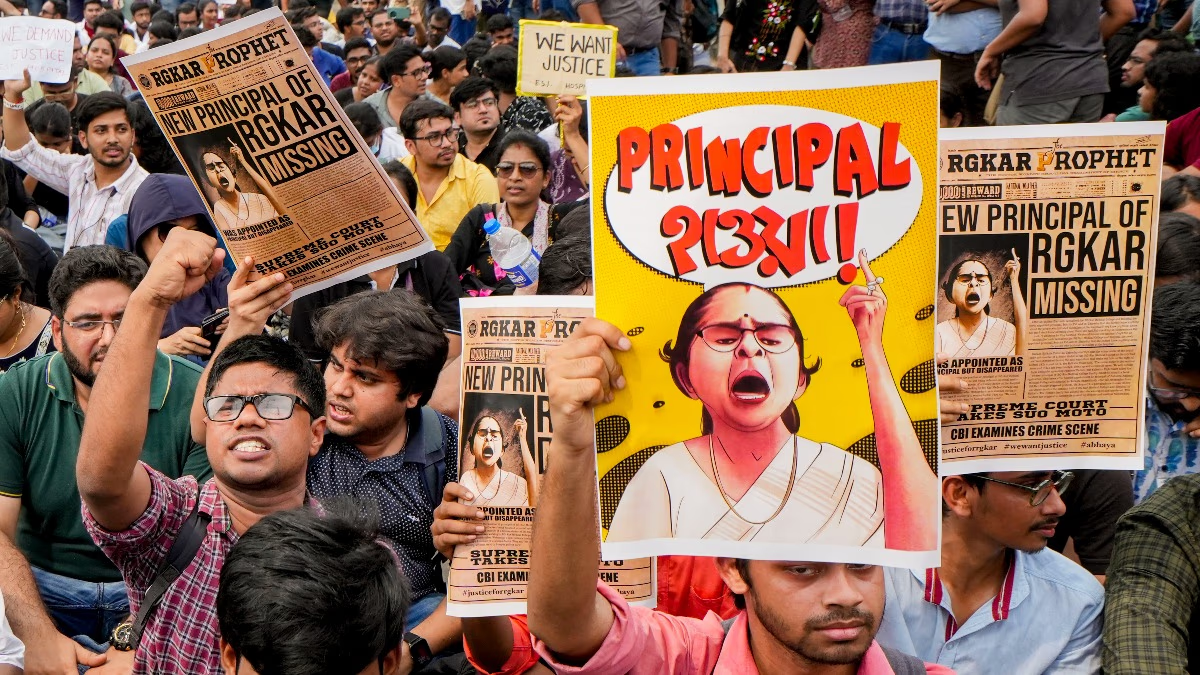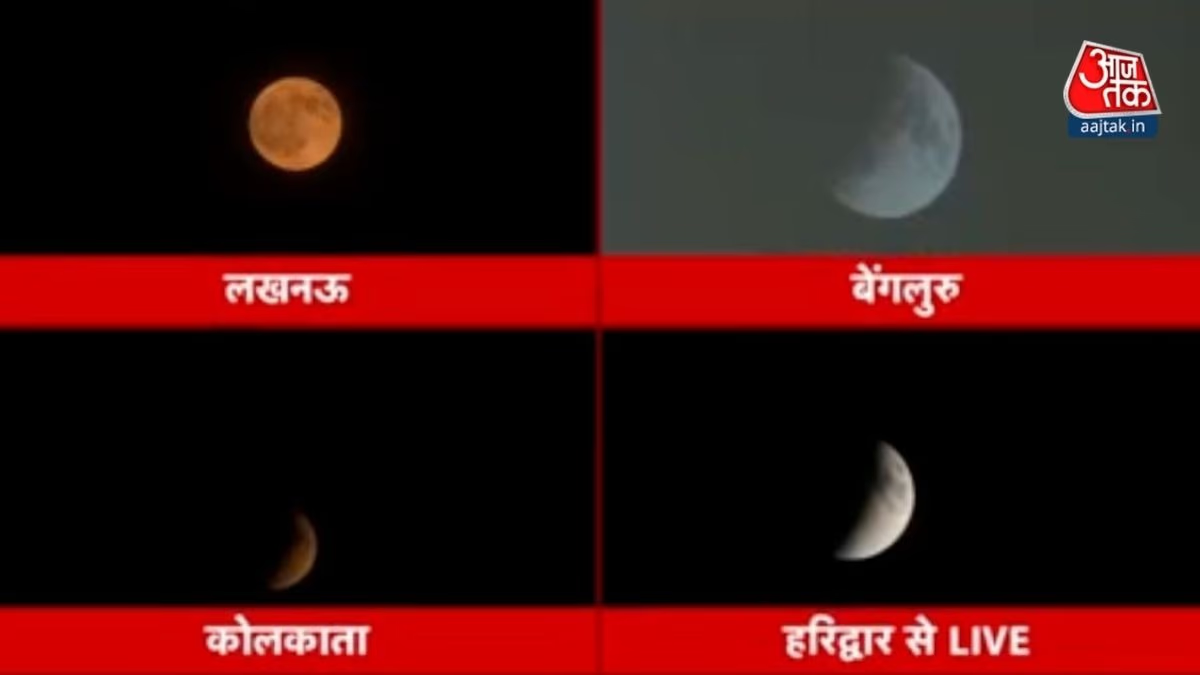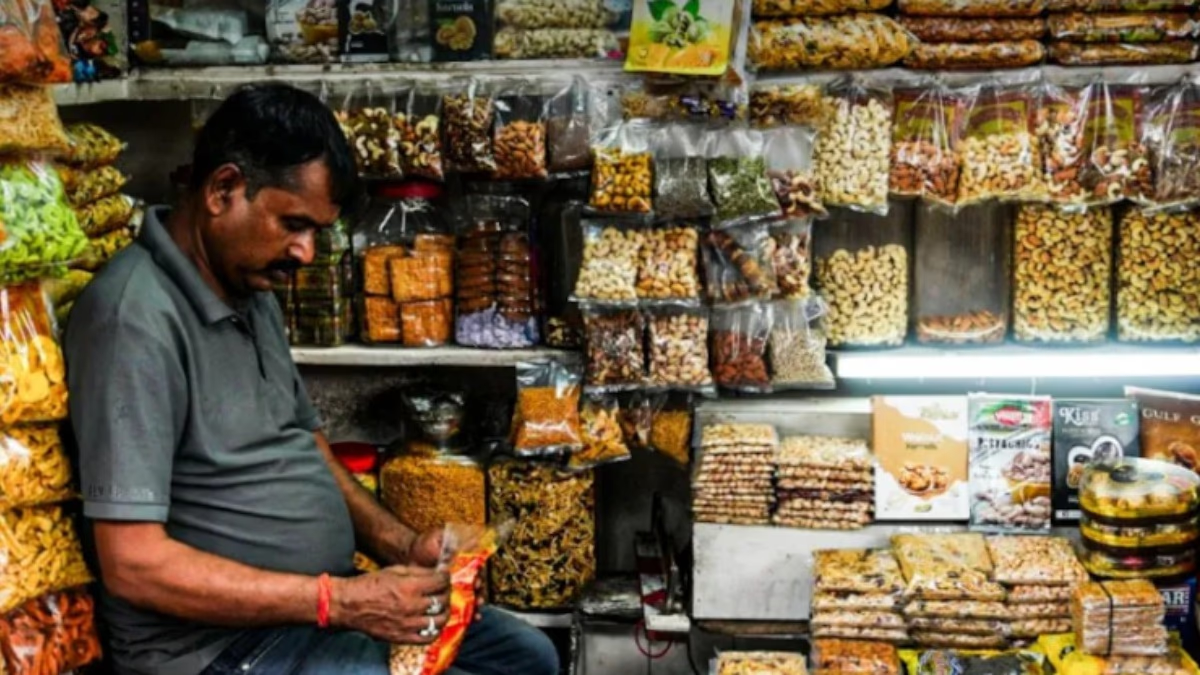The truth everyone wants to know about the junior doctor in Kolkata is whether it is a case of rape or gang rape. If it is a rape case, then Sanjay Roy, who has been in custody for the last 12 days, first by Kolkata Police and now by the CBI, is the accused. The case seems clear-cut. However, if it is a gang rape, the entire story changes. The question is, who will provide this truth? And why is it taking so long for this truth to come out? The Supreme Court is set to hear the matter on Thursday, where the CBI is expected to submit its status report.
The Central Forensic Science Laboratory (CFSL) in Kolkata is responsible for releasing the truth and the report that will answer whether it is a case of rape or gang rape. According to sources, the Kolkata Police have sent the investigation samples to the CFSL. But why is it taking so long for the CFSL to release the report, which should ideally be completed in a day or two?
In rape cases, forensic experts collect two samples from the victim's vagina: one swab and one slide. These samples are collected using cotton. The victim's DNA profile is then extracted from these samples. If the suspect is under police custody, a blood sample is taken from them. This blood sample is used to extract the suspect's DNA profile. The suspect's DNA profile is then compared with the DNA profile extracted from the swab and slide taken from the victim's vagina.
If the DNA profiles match, it clearly indicates that the suspect is the perpetrator. From the very first day, the accused, Sanjay Roy, was in Kolkata Police custody. Currently, he is in CBI custody. Sources indicate that the Kolkata Police sent Sanjay Roy's blood sample along with the victim's samples to the CFSL on August 10. When both suspect and victim samples are available, it should take no more than two days for the forensic report to be completed.
Currently, it is unclear whether the CSFL has handed over this report to the CBI, and the CBI remains silent or if the report hasn't been submitted yet. We reached out to Brijendra Badonia, the director of CFSL Kolkata, over the phone, but he refused to comment on the report or the case.
How does a forensic report indicate whether it is a case of rape or gang rape? The DNA profiling is done on the swab and slide samples taken from the victim's vagina. If more than one DNA profile is found during the examination, it implies that more than one person assaulted the victim. The identity of the multiple perpetrators can only be determined if the DNA profiles of the other suspects match the profiles found in the victim's body.
Let's understand this. Both the victim, a junior doctor in Kolkata, and the accused, Sanjay Roy, have had their samples sent to the CFSL. If the suspect's DNA profile matches the DNA profile found in the victim's body, it indicates that Sanjay is guilty. However, if multiple DNA profiles are found in the victim's body, indicating the presence of unknown DNA profiles besides Sanjay's, this implies a gang rape.
You might recall that a doctor in Kolkata claimed, based on the post-mortem report, that 151 milliliters of white liquid was found in the vaginal swab and slide of the junior doctor. This liquid could contain some mucus and other elements, but most of it might be semen.
The doctor further stated that the average amount of semen in an Indian man is around five milliliters. This one statement fueled the theory of gang rape. However, both claims by this doctor are incorrect. Out of the 151 milliliters of white liquid, most of it consists of mucus, water, and other elements.
Even if we assume that out of the 151 milliliters, 101 milliliters are mucus and other elements and 50 milliliters are semen, according to this doctor's claim, if an average Indian man's semen amounts to five milliliters, then this indicates that ten people committed the gang rape. As for the claim about five milliliters of semen from an average Indian, several experts state that an average Indian man's semen volume is maximum between 2 to 2.5 milliliters. Notably, the doctor who spoke about the 151 milliliters was neither part of the post-mortem team nor did he see the victim's body. He made these claims merely based on reading the post-mortem report.




